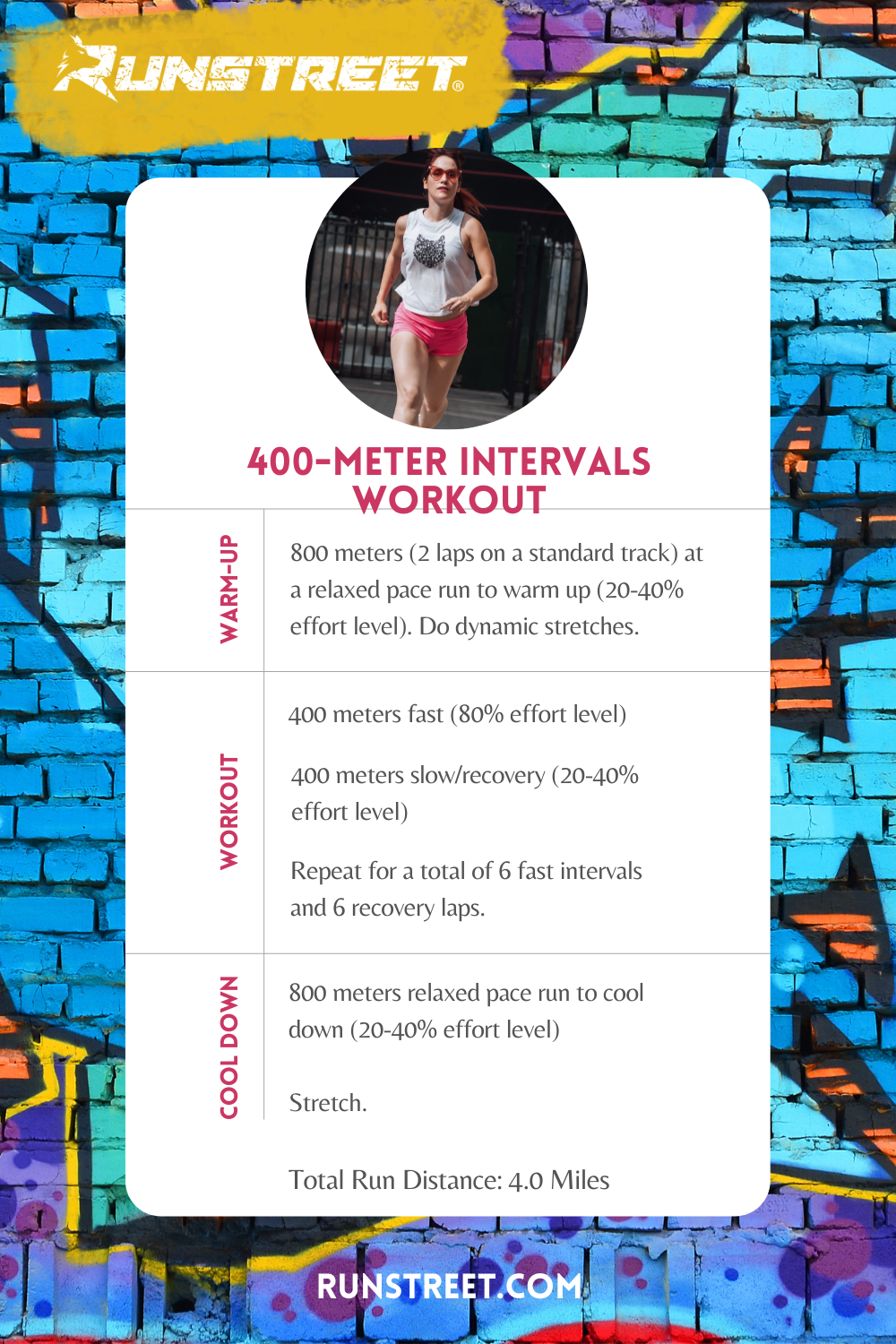Taking Care Of Usual Running Pains: Causes, Solutions, and Avoidance
As joggers, we often experience different discomforts that can prevent our efficiency and satisfaction of this physical task. From the devastating pain of shin splints to the nagging IT band syndrome, these common running pains can be discouraging and demotivating. Recognizing the causes behind these disorders is important in successfully resolving them. By discovering the origin factors for these running pains, we can discover targeted services and safety nets to make certain a smoother and extra meeting running experience (useful reference).
Usual Running Discomfort: Shin Splints
Shin splints, an usual running discomfort, often result from overuse or improper shoes throughout exercise. This condition, medically called median tibial stress and anxiety syndrome, materializes as pain along the inner side of the shinbone (shin) and is common among athletes and joggers. The recurring stress on the shinbone and the cells affixing the muscle mass to the bone results in inflammation and discomfort. Joggers who rapidly raise the intensity or period of their workouts, or those who have level feet or incorrect running techniques, are particularly at risk to shin splints.
To avoid shin splints, individuals must progressively raise the strength of their exercises, put on ideal shoes with proper arch support, and maintain versatility and stamina in the muscle mass surrounding the shin (running workout). Furthermore, integrating low-impact activities like swimming or cycling can assist preserve cardiovascular fitness while allowing the shins to heal.
Typical Running Pain: IT Band Syndrome
Along with shin splints, another prevalent running pain that professional athletes often encounter is IT Band Syndrome, a problem caused by inflammation of the iliotibial band that runs along the external upper leg and knee. IT Band Syndrome generally manifests as pain on the exterior of the knee, specifically throughout tasks like running or cycling. The iliotibial band is a thick band of fascia that connects the aware of the shin, and when it comes to be irritated or tight, it can rub versus the upper leg bone, resulting in discomfort and pain.
Joggers experiencing IT Band Disorder may see a painful or aching sensation on the external knee, which can aggravate with continued activity. Factors such as overuse, muscular tissue inequalities, incorrect running form, or poor warm-up can contribute to the growth of this condition. To avoid and alleviate IT Band Disorder, runners need to concentrate on stretching and reinforcing exercises for the hips and upper legs, appropriate footwear, progressive training progression, and addressing any type of biomechanical issues that might be intensifying the trouble. Disregarding the symptoms of IT Band Syndrome can lead to persistent concerns and long review term recuperation times, emphasizing the relevance of early treatment and proper administration strategies.
Usual Running Discomfort: Plantar Fasciitis

Plantar Fasciitis can be credited to different aspects such as overtraining, inappropriate shoes, working on tough surface areas, or having high arcs or level feet. To stop and ease Plantar Fasciitis, joggers can include extending workouts for the calf bones and plantar fascia, use helpful shoes, preserve a healthy and balanced weight to minimize strain on the feet, and slowly boost running intensity to prevent sudden tension on the plantar fascia. If symptoms persist, it is recommended to speak with a health care specialist for correct medical diagnosis and therapy choices to deal with the condition effectively.
Usual Running Discomfort: Runner's Knee
After dealing with the obstacles of Plantar Fasciitis, another common concern that runners commonly face is Runner's Knee, a typical running discomfort that can hinder sports efficiency and cause discomfort throughout physical task. Runner's Knee, also understood as patellofemoral discomfort disorder, shows up as pain around or behind the kneecap. Joggers experiencing this discomfort may feel a boring, hurting discomfort while running, going up or down staircases, or after prolonged periods of sitting.
Typical Running Pain: Achilles Tendonitis
Typically affecting joggers, Achilles Tendonitis is an uncomfortable problem that influences the Achilles ligament, creating pain and potential limitations in exercise. The Achilles ligament is a thick band of cells that connects the calf muscles to the heel bone, important for activities like running, jumping, and walking - find more info. Achilles Tendonitis frequently establishes as a result of overuse, improper footwear, inadequate stretching, or unexpected rises in physical task
Signs And Symptoms of Achilles Tendonitis include pain and stiffness along the ligament, specifically in the morning or after periods of lack of exercise, swelling that gets worse with task, and potentially bone spurs in persistent instances. To stop Achilles Tendonitis, it is vital to stretch effectively previously and after running, wear appropriate shoes with proper assistance, slowly boost the intensity of exercise, and cross-train to minimize repeated stress on the ligament.
Final Thought
